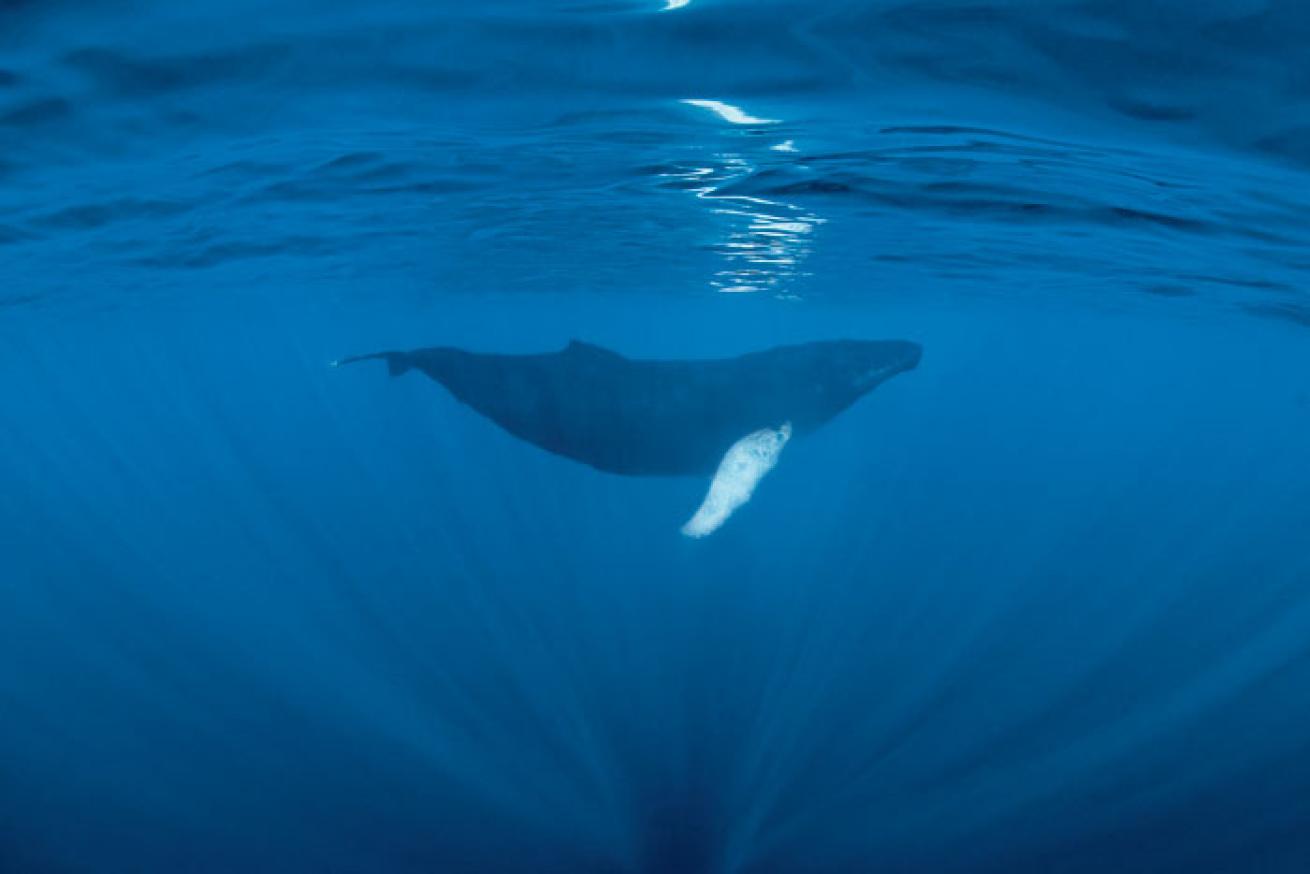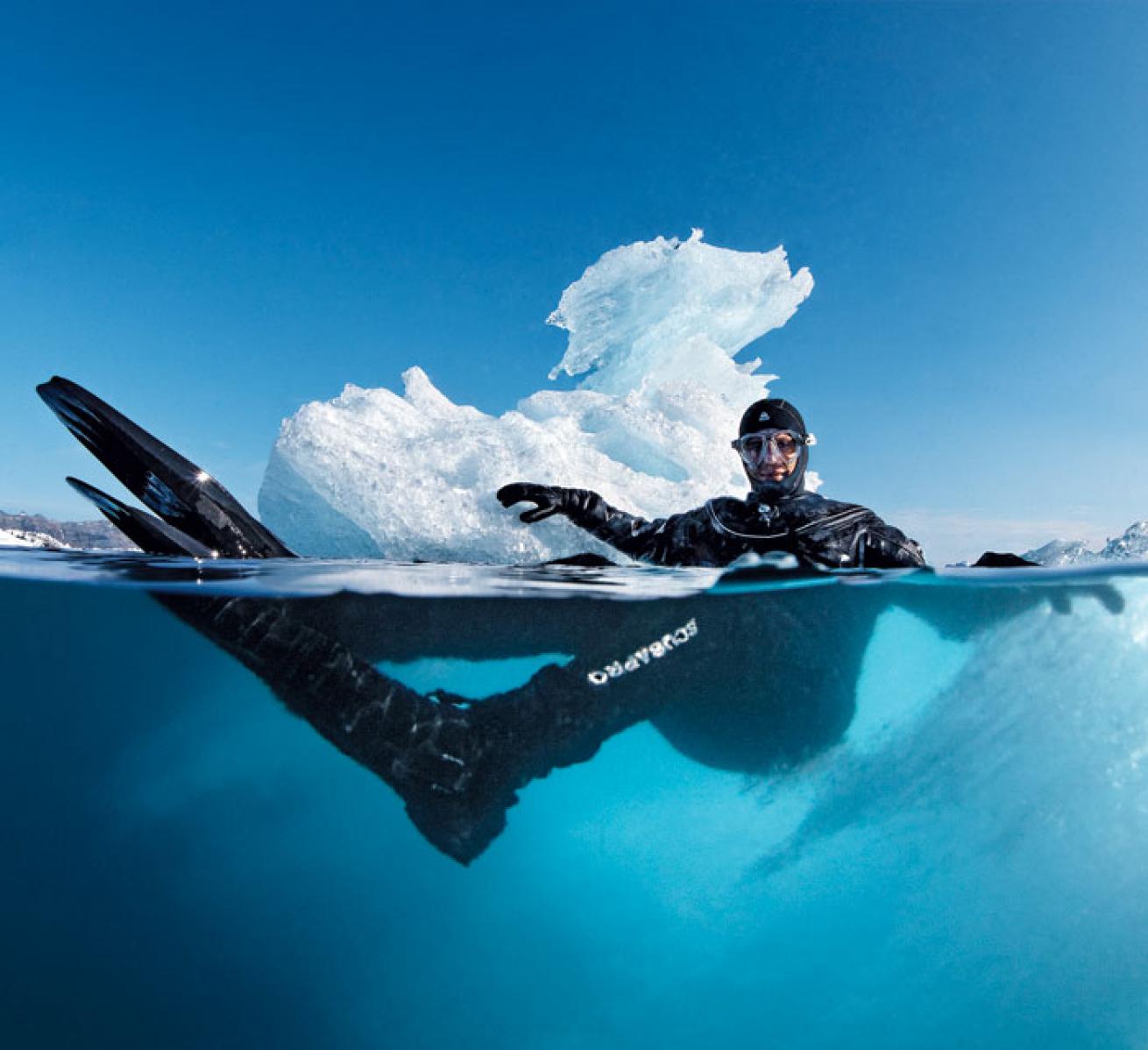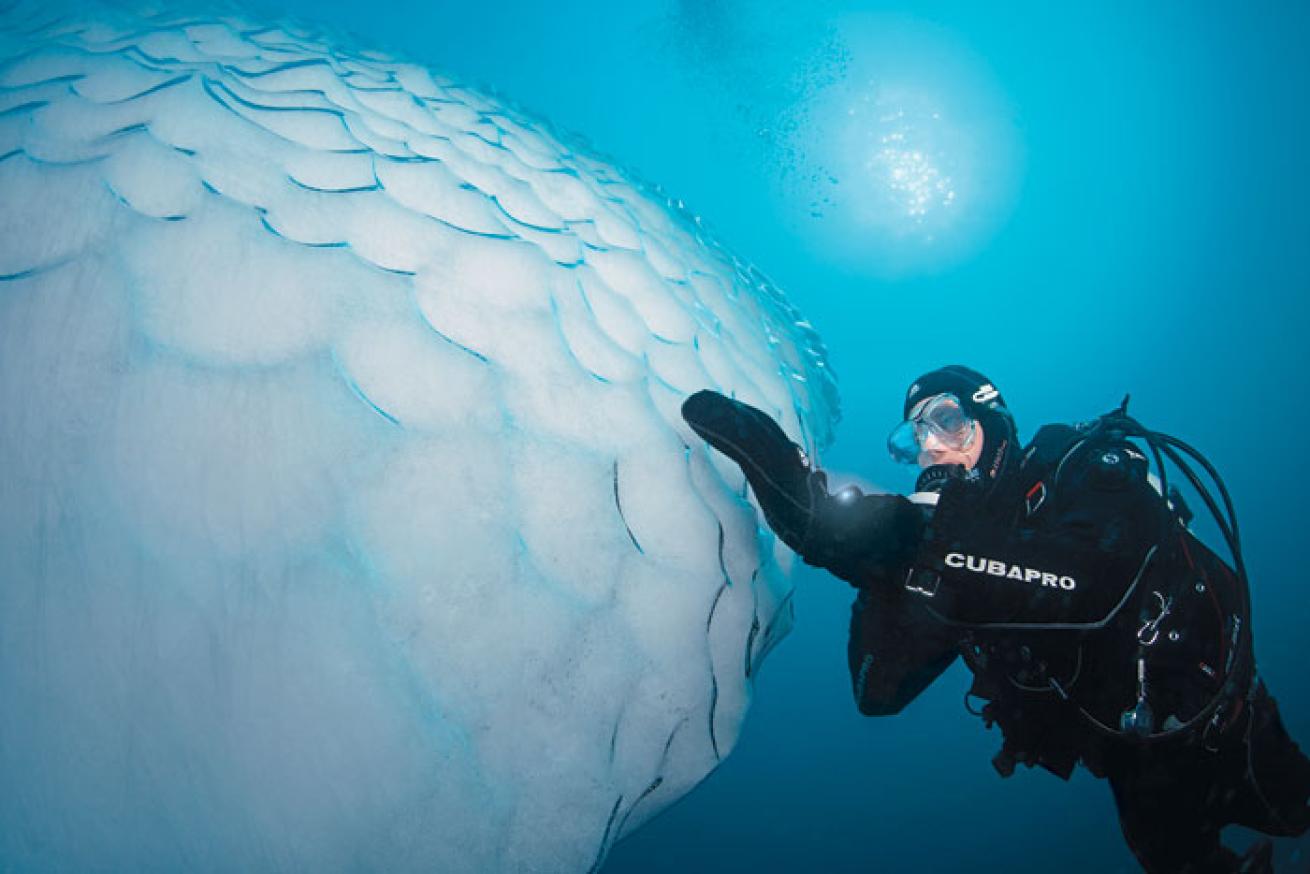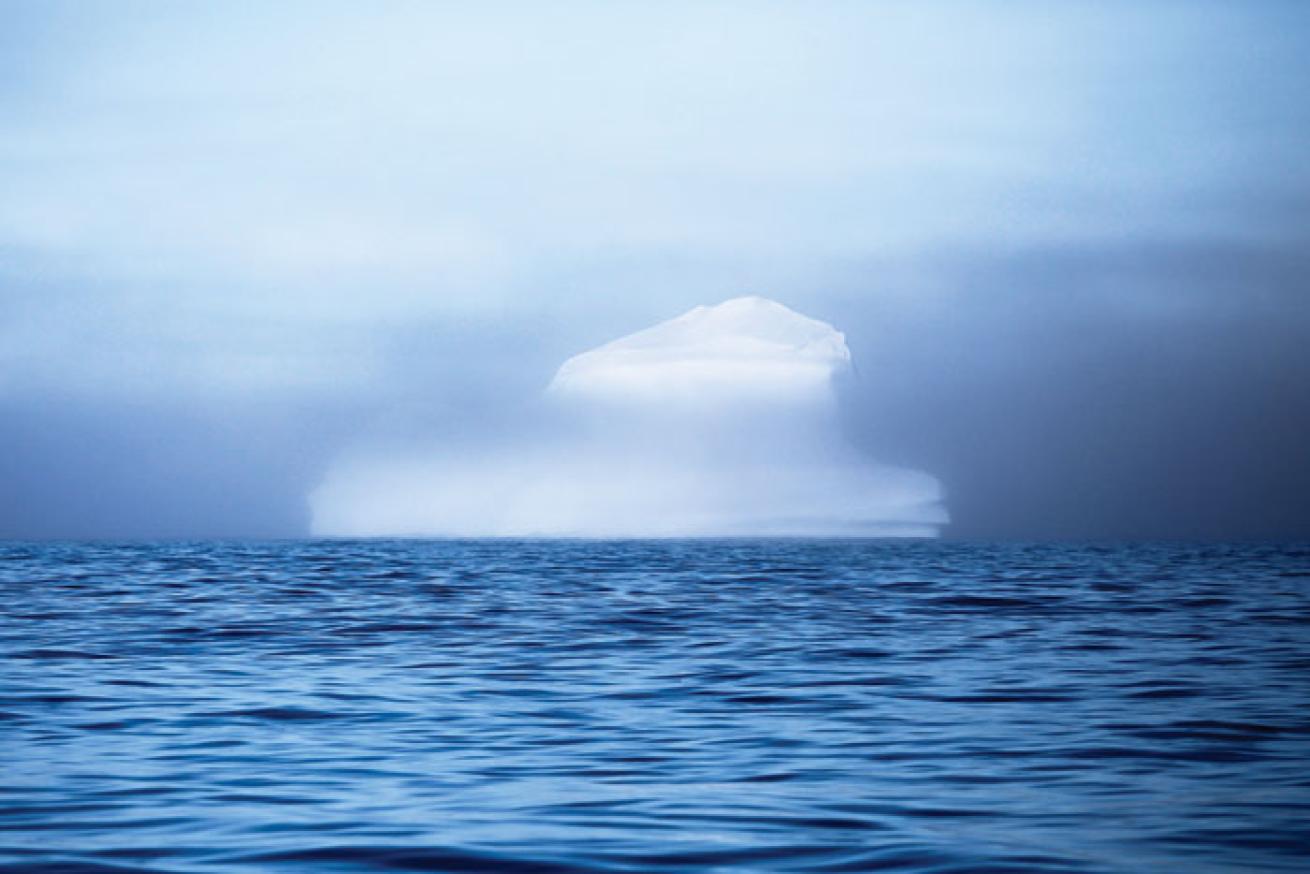Greenland: Cold-Water Diving Frontier
There are few truly untouched places left on Earth, but Eastern Greenland still provides visitors with a nearly pristine environment both above and below the water. Most of the dive sites are completely unknown, and a visit here leaves a diver feeling like a true explorer.

Tobias FriedrichA fin whale — also called a finback, Razorback or common rorqual — surfaces in the Arctic waters near Kulusuk Island in Eastern Greenland.
The best time to visit is late summer, when the icebergs are still drifting down from the North Pole and the whales arrive from the south. Water temperatures in Greenland usually range from 30 to 37 degrees Fahrenheit, so reliable cold-water equipment and a good drysuit are essential to dive here, but extraordinary dive skill is not; divers must simply be trained in cold-water diving and feel safe with their equipment.

Tobias FriedrichDwarf fireweed colors a Greenland hillside.
Photo opportunities above water are impressive as well, so plan some time for land-based activities — and don’t forget your telephoto lenses.

Tobias FriedrichA humpback whale nears the surface.
Although every cold-water diver’s dream is probably to dive next to an iceberg, this unique experience is difficult to capture with your camera. In summertime, when the visibility in Greenland is about 26 to 40 feet, you want to be close to the iceberg so it doesn’t get blurred out from far away. This requires quite a small iceberg so you are able to capture as much as possible in the frame.

Tobias FriedrichYoung sled dogs take a training break.
Shooting upward from below shows the lighter surface and not the iceberg’s very dark bottom.
Placing a diver in the background or foreground for scale helps illustrate the iceberg’s size. Over/under shots of an iceberg are another great way to show its dimensions, but framing a good one is more difficult than it appears. A photographer must first find an iceberg small enough to capture its full dimensions above water, and the limited visibility of the Arctic waters means a shooter must stay close to the ice. Smaller icebergs reside inside the fjords, but visibility drops quickly. Visibility is usually better along the coastline, but the icebergs are quite large.

Tobias FriedrichProper protection from the chilly waters is essential, especially when seated on an iceberg. This one’s near the eastern Greenland village of Tasiilaq.
This leads to another issue: The bigger the iceberg, the bigger the risk that ice is breaking under or above the water, which can fall down onto divers. On an organized trip, trust your dive guide — he or she will know where the risk is low and the reward is high.

Tobias FriedrichFor a dynamic composition, try using the iceberg to create leading lines to the diver.

Tobias FriedrichPlacing a diver near an iceberg when photographing it helps to demonstrate its colossal dimensions.

Tobias FriedrichAn eerie iceberg drifts in the fog near Kulusuk and Tasiilaq.

Tobias FriedrichSkeleton shrimp and bull kelp (right) populate the rich coastal waters near Kulusuk and Tasiilaq.
Can't get enough of Greenland?










